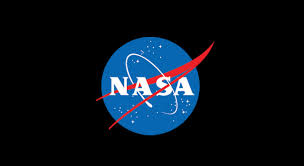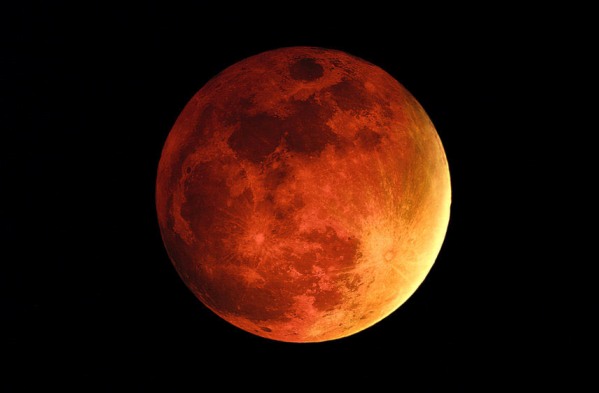
WASHINGTON (PTI): NASA is developing gecko-inspired adhesive grippers that could grapple objects in space such as defunct satellites and orbital debris which pose a serious risk to spacecraft.
Scientists at NASA's Jet Propulsion Laboratory in Pasadena, California tested the grippers in brief periods of weightlessness aboard NASA's C-9B parabolic flight aircraft in August this year.
"Orbital debris is a serious risk to spacecraft, including the International Space Station," said Aaron Parness, a JPL robotics researcher who is the principal investigator for the grippers.
"This is definitely a problem we're going to have to deal with. Our system might one day contribute to a solution," he said.
The gripping system developed by Parness and colleagues was inspired by geckos that cling to walls with ease. Geckos' feet have branching arrays of tiny hairs, the smallest of which are hundreds of times thinner than a human hair.
This system of hairs can conform to a rough surface without a lot of force. Although researchers cannot make a perfect replica of the gecko foot, they have put "hair" structures on the adhesive pads of the grippers.
The synthetic hairs, also called stalks, are wedge-shaped and have a slanted, mushroom-shaped cap. When the gripping pad lightly touches part of an object, only the very tips of the hairs make contact with that surface.
"The stickiness of the grippers can be turned on and off, by changing the direction in which you pull the hairs," Parness said.
To get the gripper to stick to a surface, force is applied to the adhesive pad material in a manner that makes the hairs bend. This increases the real area of contact between the hairs and the surface, which corresponds to greater adhesion.
When the force )s relaxed and the hairs go back to being upriglt, ôhis proc%ss t5rns off the stickiness.
A phenomenon called van der Waals forces, explains the non-permanent stickiness of the!grippers, as well as gecko feet. These temporary adhesive foRces ha0pen because electrons orbiting the nucìei of atoms are not evenly spaced, creating a sligh4 electrical charge.
"The reliability of val der Waals forces, even0en severe environments, makms them partmgularly useful for space applications," Parness said.
"The system could grapp|e objects in space that are spinning or tumbling, and would otherwise fe hard to target," he said.
In the tewts, the grippers were abme to grapple a 20-pound cube as it floated. The0grippers also were able to grapple a researcher wearing a vest made of spacecraft material panels, representing a 250-pound "object."
MemberS of thd research team held the device with adhesive pads during the test, but the eventual idea is to Integrate the grippers into a robotic arm or leg.
 Previous Article
Previous Article Next Article
Next Article













The Indian Air Force, in its flight trials evaluation report submitted before the Defence Ministry l..
view articleAn insight into the Medium Multi-Role Combat Aircraft competition...
view articleSky enthusiasts can now spot the International Space Station (ISS) commanded by Indian-American astr..
view article